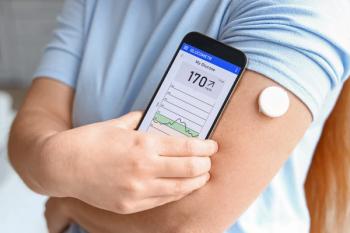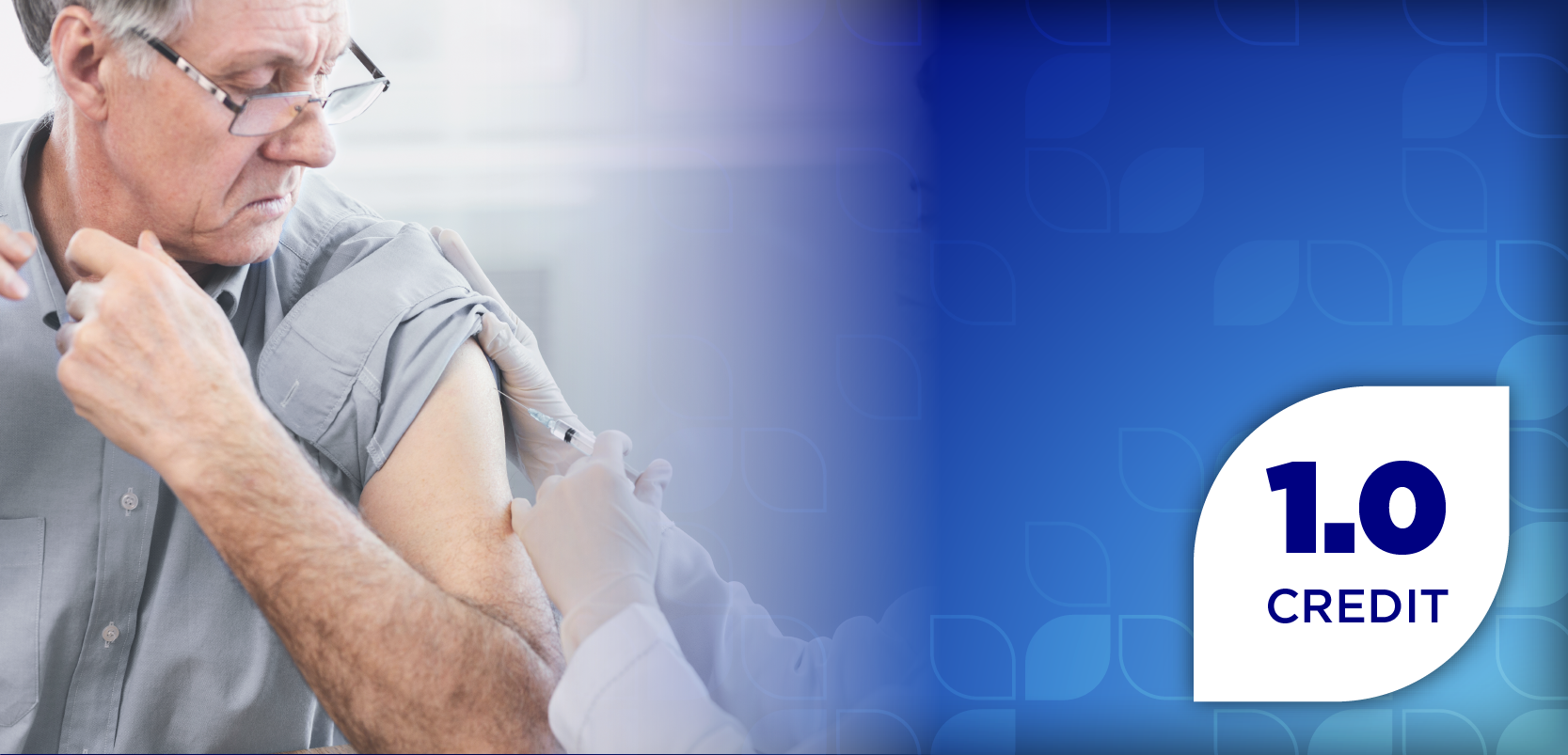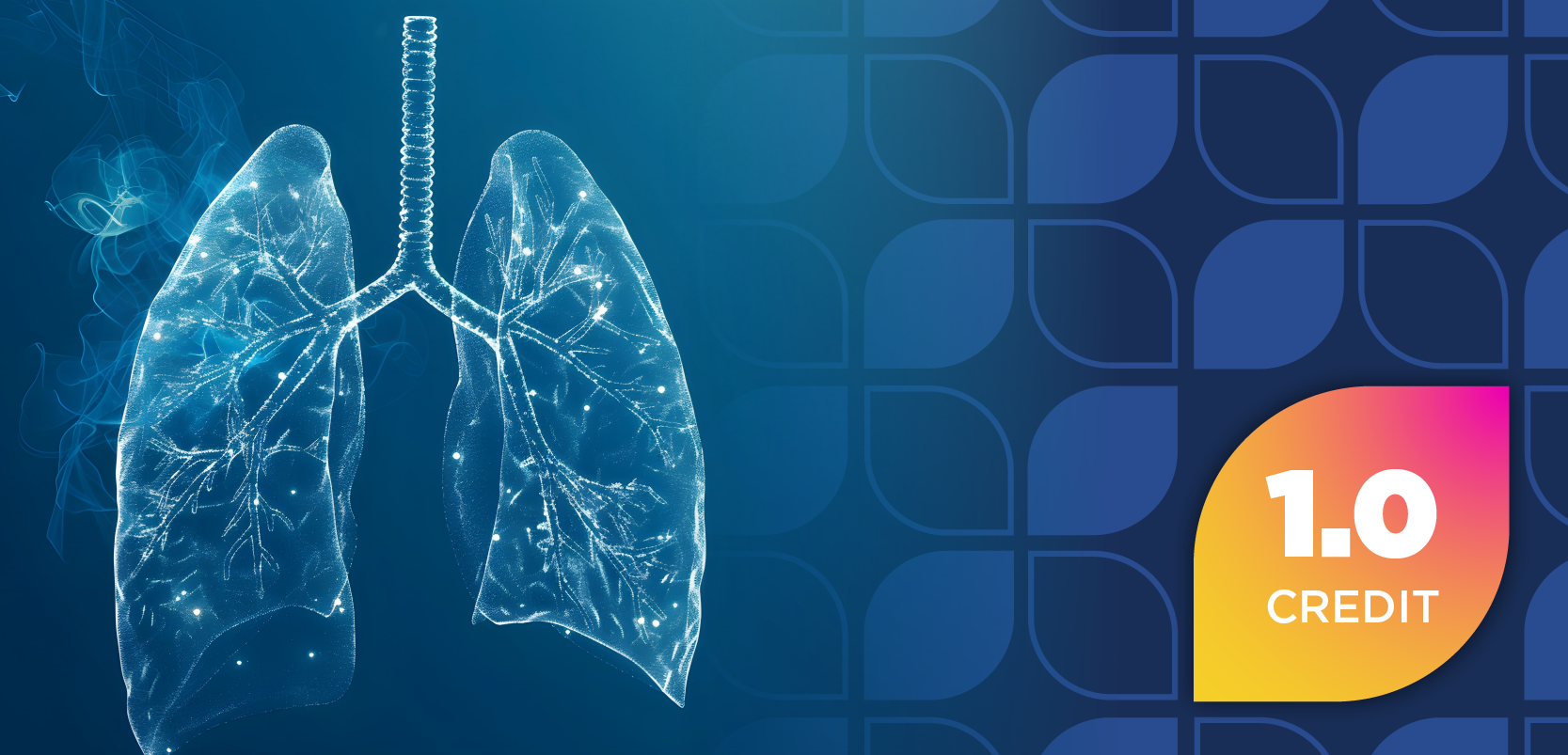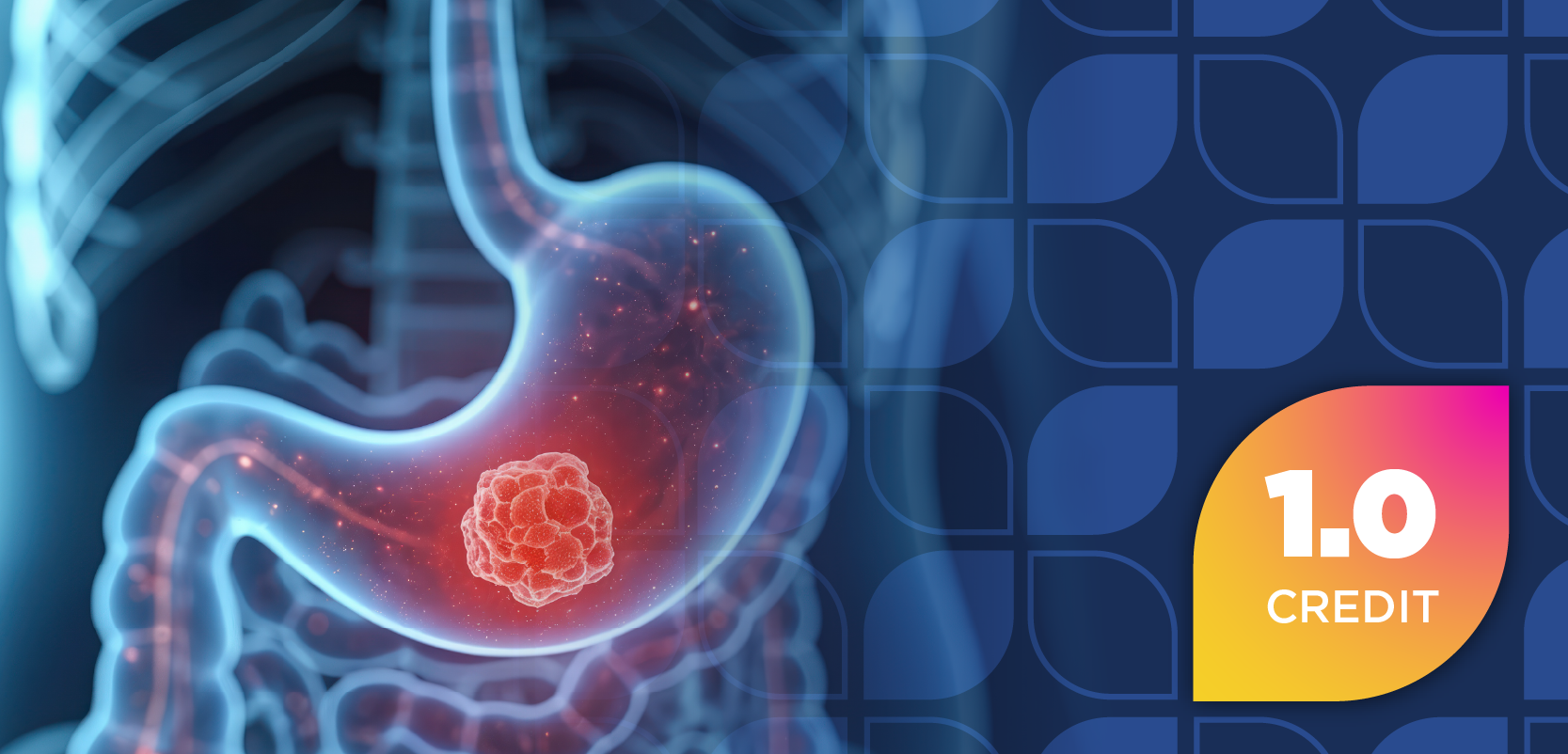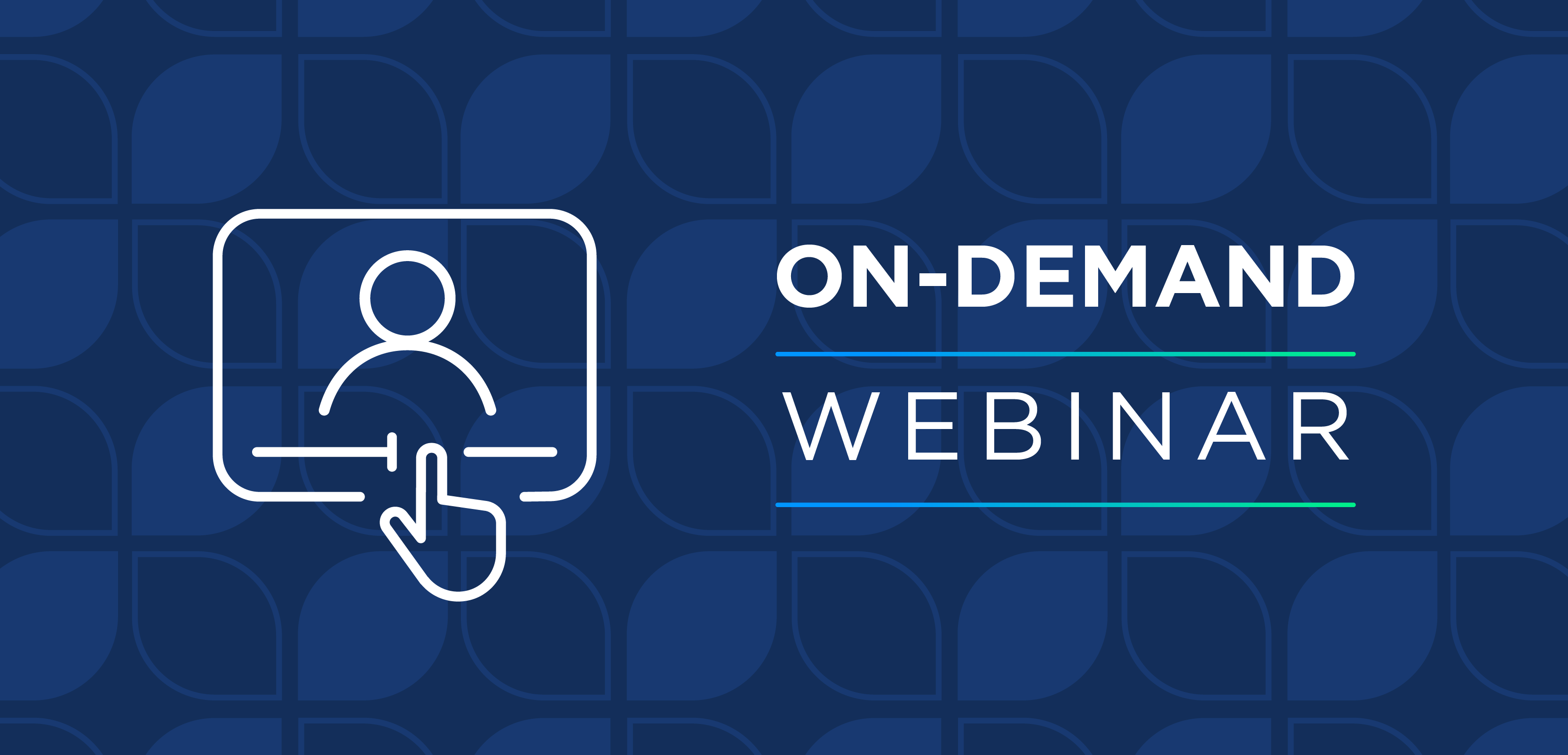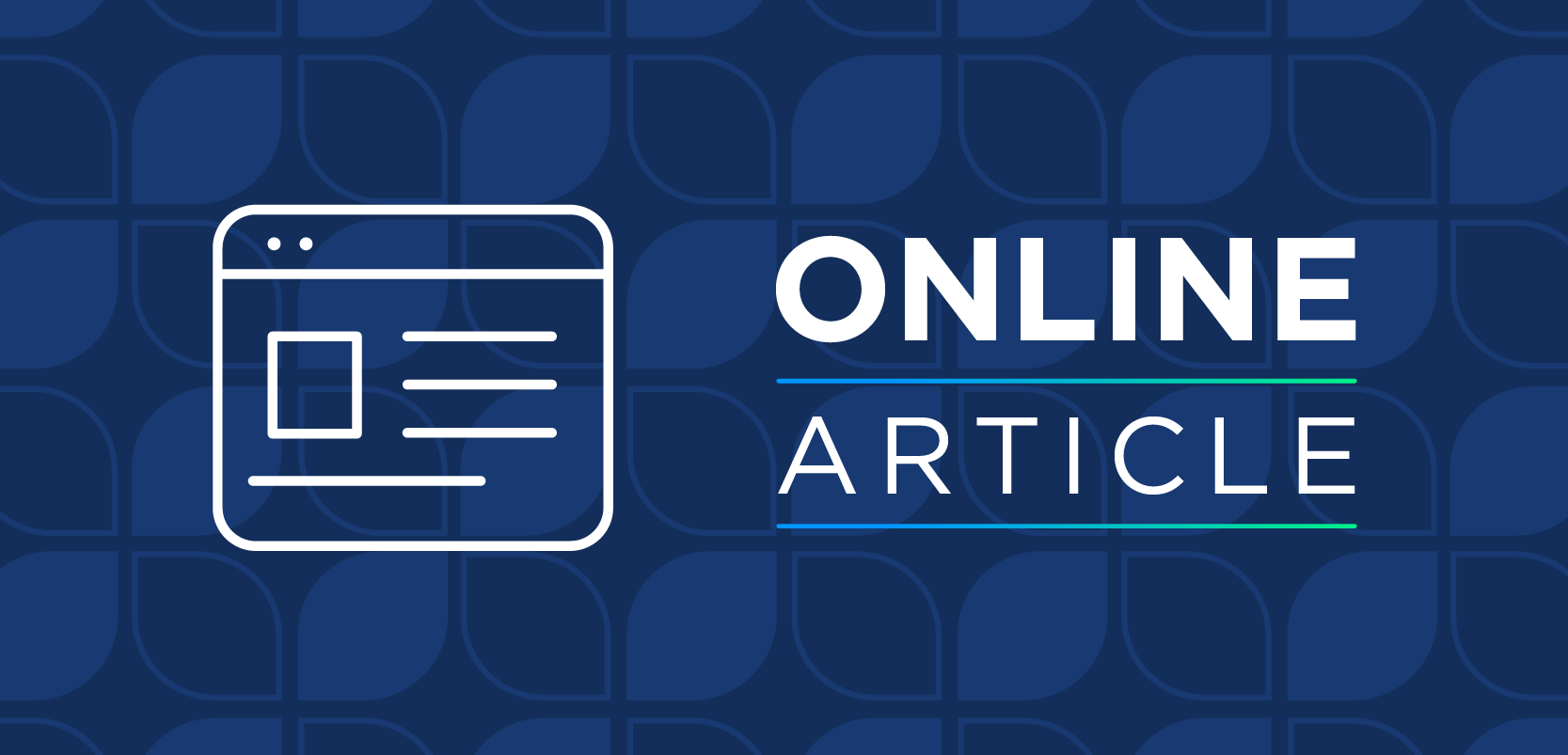In an interview with Pharmacy Times®, Samantha Picking, PharmD, senior director of immunizations at Walgreens, explained how the pharmacy chain is preparing to meet flu vaccine demand in the upcoming 2025-2026 respiratory virus season. Picking highlighted key staffing strategies, including expanded technician hours, contract immunizers, and micro-fulfillment centers that free up pharmacists’ time for patient-facing services. With lessons learned from past seasons, Picking explains how Walgreens is leveraging both physical and digital resources to support its pharmacy teams and provide patients with flexible options for vaccination.
Pharmacy Times: In preparing to roll out flu-shot appointments at more than 9,000 Walgreens locations this season, how has the pharmacy team addressed staffing and operational readiness—including pharmacist, intern, and technician scheduling—to meet vaccine demand efficiently?
Key Takeaways
- Walgreens has expanded staffing models—adding technician hours, contract immunizers, and communication quiet periods—to ease pharmacy workload during flu season.
- Digital tools like the global scheduler, digital check-in, and patient care portal improve efficiency, reduce wait times, and enhance the patient vaccination experience.
- Micro-fulfillment centers now support over 5,000 stores, allowing pharmacies to shift focus from prescription filling to delivering more vaccines and direct patient care.
Samantha Picking, PharmD: Yeah, it's a great question. We feel confident that our stores are properly staffed to meet demand. As the season progresses, we will continue to monitor, assess, and make real-time adjustments to ensure we're meeting the needs of not only our patients but also our team members. It is a very busy time that takes a lot of planning and preparation. In recent years, we've made several improvements to our operations and staffing models to help ease the burden on our pharmacy team members, so patients don’t always have to rely on scheduling in advance—they can walk in anytime. Some examples include communication quiet periods where we let our teams focus without interruptions, incremental technician hours, and bringing in contract immunizers at higher-volume stores to meet demand. We've also tapped into new technologies to help streamline the experience. For example, we now have digital check-in, and we’ve revamped our scheduler. Additionally, our micro-fulfillment centers, or MFCs, have been a game changer. By centralizing routine prescription fulfillment, we free up even more time in the pharmacy for our teams to focus on high-touch, patient-facing services like vaccines. Stores supported by our MFCs are actually administering about 40% more vaccines than stores that are not.
Pharmacy Times: Given that Walgreens pharmacies administered nearly 38 million flu vaccines during the 2024–2025 season—almost double the number delivered in medical offices—what are your projected demand levels this season, and how are you planning to manage appointment volumes versus walk-in traffic?
Picking: Yeah, great question. I'd say it's too early to share specifics regarding demand, but ahead of and throughout every season, our team monitors and assesses demand, virus activity, and patterns. We work closely with partners, especially across the supply chain, to determine needs and ensure we have the necessary supply heading into the season. This year is no different. We also saw a higher-than-normal interest in vaccine co-administration last season, especially among senior patients, and we anticipate similar interest this season. We’re very much prepared for that, which is exciting. As I mentioned, we've made several improvements to ease the burden on our team members so patients don’t always have to rely on scheduling—they can walk in anytime. As we have in past years, we update walgreens.com and our app with real-time appointment availability and accurate information so patients can schedule ahead or walk into their local pharmacy to protect themselves.
Pharmacy Times: Reflecting on operational lessons from the 2024–2025 respiratory season, what are the main takeaways—such as peak timing or staffing bottlenecks—that are shaping your approach this year?
Picking: Yeah, over the past several years, we've monitored peak season timing and made many changes to ease the burden, all informed by past learnings and team member feedback. We're also leaning into our ability to combine physical and digital services to streamline the experience for everyone. Examples include the communication quiet period, additional hours, contract immunizers, and improved digital tools like our global scheduler, patient care portal, and digital check-in. For instance, our global scheduler, introduced last year, is a single platform for scheduling and managing vaccine and testing appointments. It makes it easier for team members, improves the patient experience, reduces wait times, allows multiple vaccines during the same visit, lets patients book for up to four people, and provides reminders. Digital check-in, rolled out last season, allows patients to use a QR code to check in for a vaccine or testing appointment. This frees up team member capacity since patients don’t have to wait in line, and pharmacy teams can better prepare throughout their day. Customers can also shop while they wait. We’re also leveraging data to better engage with customers. For example, when you're due for a vaccine, you’ll receive outreach via your preferred method—email, phone, or app notification. This helps us stay in contact with patients based on their history. To support workload challenges, we’re maximizing other assets, like our micro-fulfillment centers and centralized services, to provide relief to pharmacy staff when and where it’s needed. Our 12 MFCs now support over 5,000 stores across the country.




